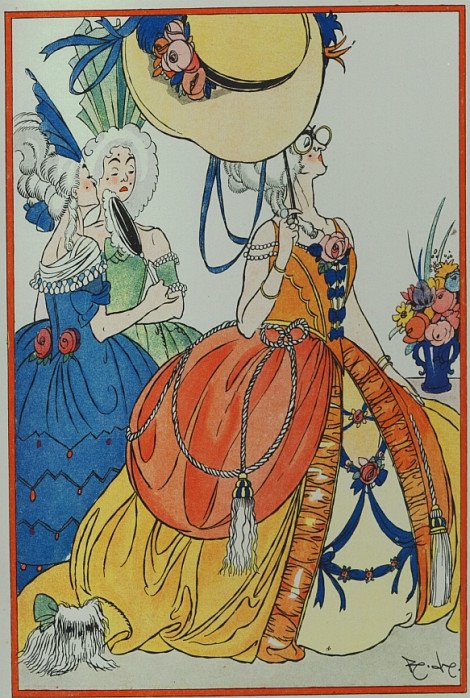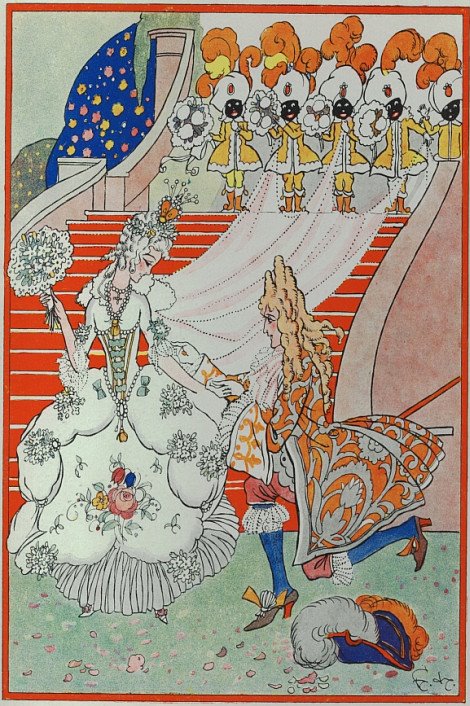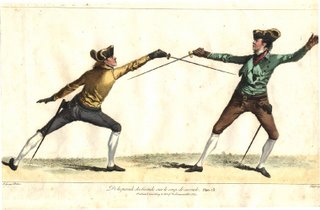"THE name of Monoceros, that among the Latines sounds so much, as a one-horned beast, agrees to many creatures; but in a strict sense, is retained to one alone, namely that, who from having but one horn, bears the name of Unicorn.
[H]e is said to resemble in his whole body the Horse: He is tailed like a Boor, grins and snarls like a Lyon, headed like an Hart, footed like an Elephant, furnisht with one onely horn, and that a black one, two cubits long, standing in the midst of his fore-head. J.J."








 [click images for larger version]
[click images for larger version]Beyond the mythical and religious symbolism, the unicorn also had a long run in the non-fiction rather than folklore section of literary history. It features in Pliny's Natural History and the writings of some formidable minds of the middle ages.
To varying degrees, the rhinoceros and narwhal have been cited as the basis for many of these 'factual' descriptions, such as in the introductory quote above. Perhaps it was just a case of misidentity coupled with wishful thinking, in so far as the unicorn has traditionally represented strength and was of course imbued with magical healing properties.
"A dream, if it is no more than that, of such great age and beauty as this of the unicorn, is far more worthy of consideration than the question whether we shall have one species more or less in the earth's fauna."In 1657, physician and naturalist Joannes Jonstonus (John Johnston) published his latin treatise Historiæ Naturalis de Quadrupedibus (later translated and released as 'A description of the nature of four-footed beasts : with their figures engraven in brass'). It includes 80 engraved plates of both real and fanciful beasties and there is obvious influence at times from the likes of Gesner, Dürer and Aldrovani. The illustration work was by Matthäus Merian (the Younger).
[Odell Shepherd]
{note the webbed feet in the 2nd image above - the acquatic species}
- The whole of the 1678 english version is online in multiple sized images at the University of Wisconsin website (table of contents - illustrations at the end).
- A quick way to see large versions of most of the plates is via this ebay site.
- Of Unicorn's Horn in Sir Thomas Browne's Pseudodoxia Epidemica, 1646.
- Lore of the Unicorn by Odell Shepherd, 1930 at Sacred Texts.
- Bibliography and gallery at the Medieval Bestiary.
- All About Unicorns.
- The Unicorn Tapestries at the Metropolitan Museum of Art.























































































